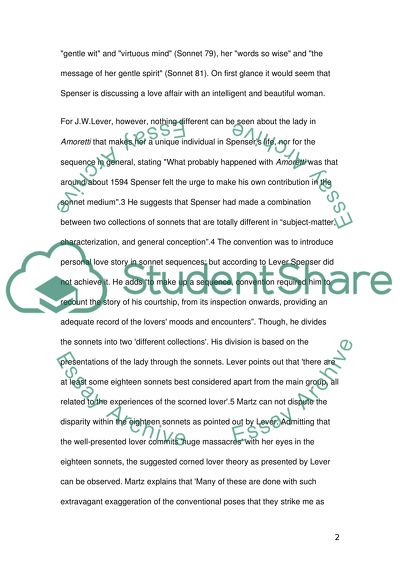Cite this document
(“Truth, Love, and the Exotic: The Amoretti Series of Edmund Spenser 1 Essay”, n.d.)
Retrieved from https://studentshare.org/literature/1445334-big-cats-in-spenser-s-sonnets-amoretti
Retrieved from https://studentshare.org/literature/1445334-big-cats-in-spenser-s-sonnets-amoretti
(Truth, Love, and the Exotic: The Amoretti Series of Edmund Spenser 1 Essay)
https://studentshare.org/literature/1445334-big-cats-in-spenser-s-sonnets-amoretti.
https://studentshare.org/literature/1445334-big-cats-in-spenser-s-sonnets-amoretti.
“Truth, Love, and the Exotic: The Amoretti Series of Edmund Spenser 1 Essay”, n.d. https://studentshare.org/literature/1445334-big-cats-in-spenser-s-sonnets-amoretti.


